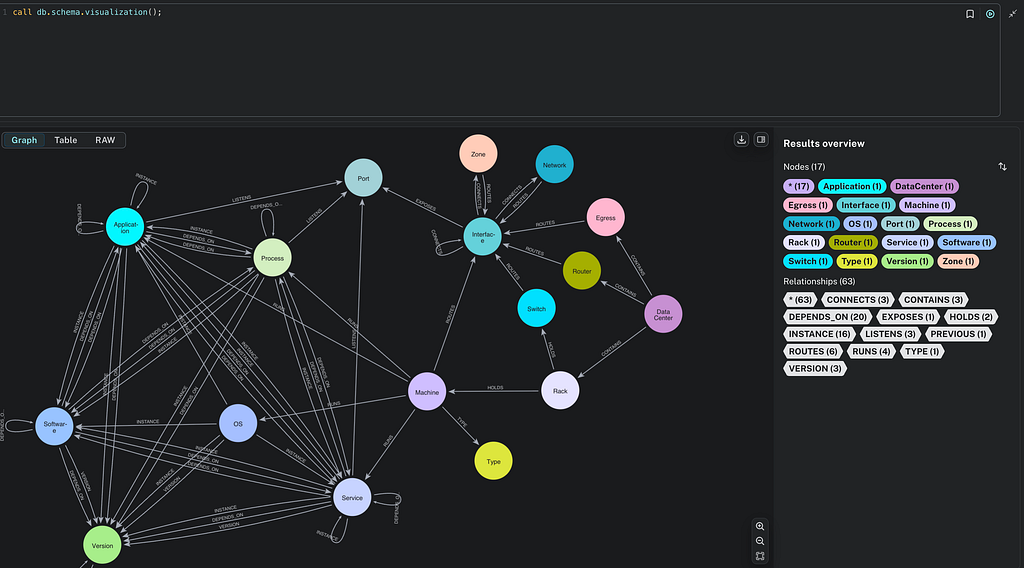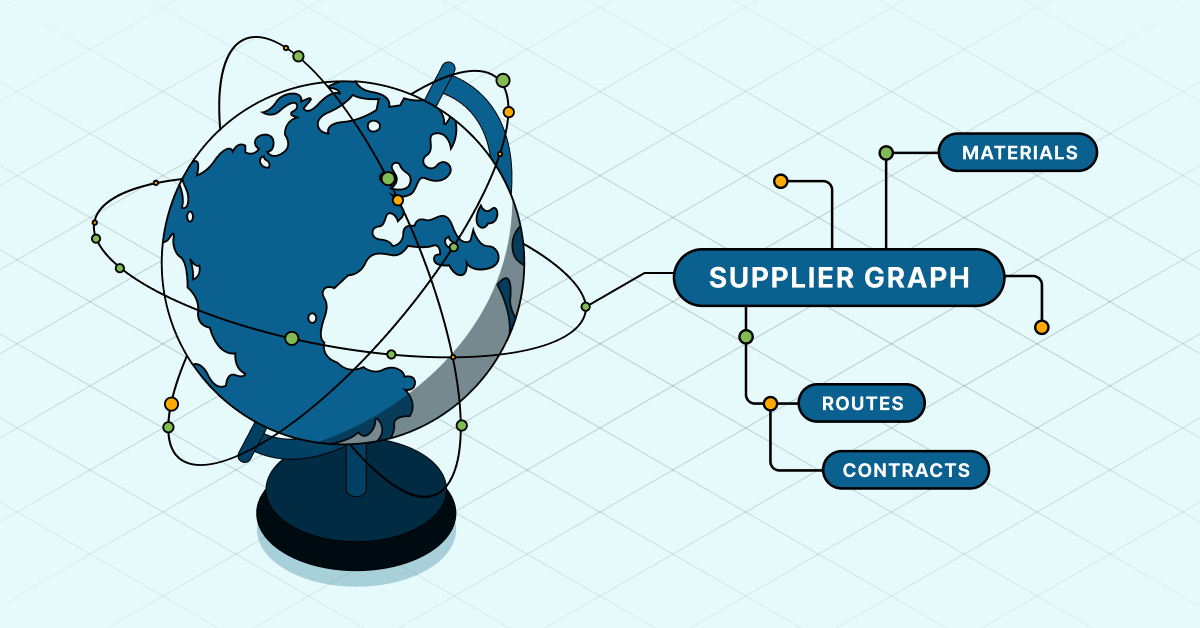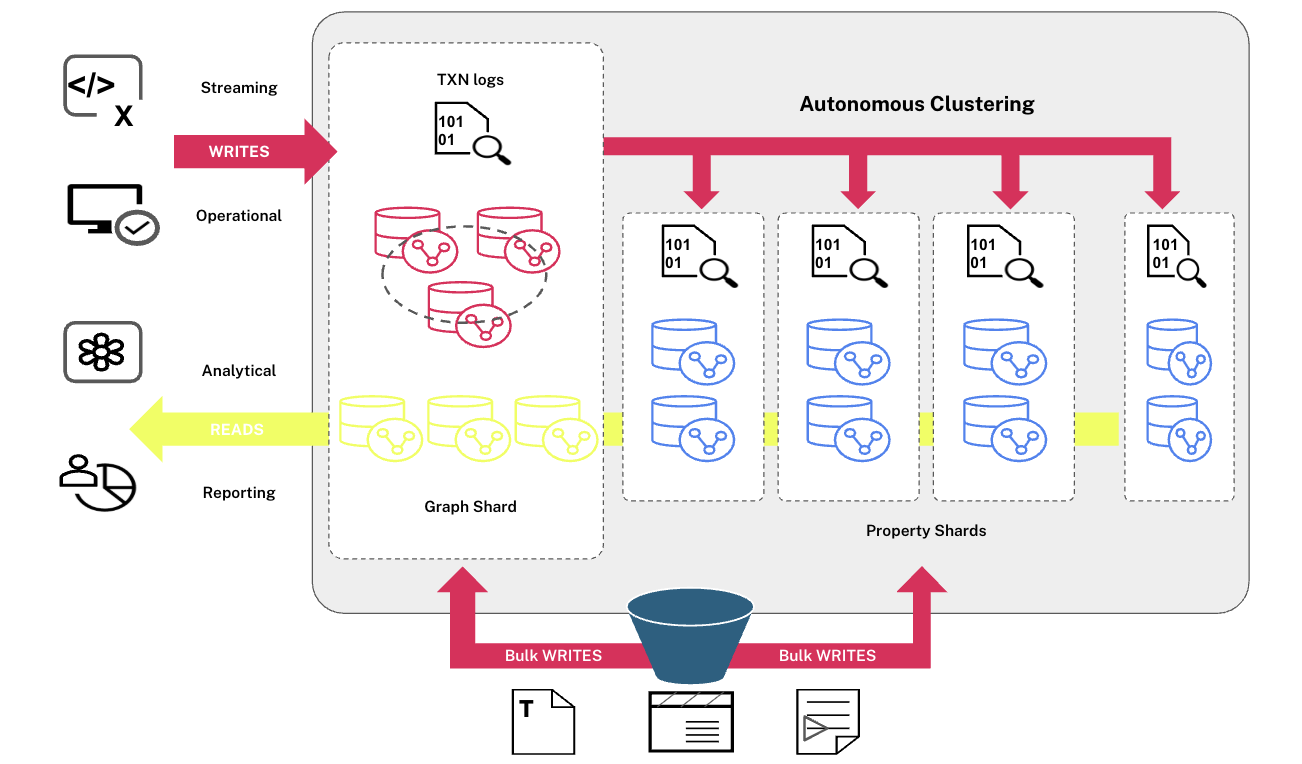How Graph Technology Helps the Automotive Industry to Innovate with patedo

Co-Founder and CEO, Structr
3 min read

 Abstract: KCIG, a German consulting company well-known in the automotive industry, and Structr, jointly created patedo®, a groundbreaking patent search engine, enabling engineers to query the world’s patent databases in unprecedented ways to find relevant working-level information much quicker than before.
Abstract: KCIG, a German consulting company well-known in the automotive industry, and Structr, jointly created patedo®, a groundbreaking patent search engine, enabling engineers to query the world’s patent databases in unprecedented ways to find relevant working-level information much quicker than before.
Background
Today, everybody is talking about self-driving and electric cars. New legislation changes following the diesel gate are putting big automotive OEMs to the test. New disruptive technologies on a nearly weekly basis are enforcing a paradigm shift on a historical scale.
In short: An entire industry panics. The fear from the established auto makers of Tesla and other newcomers is omnipresent in the media.
The Problem
But why? The economic, environmental and legislative conditions changed significantly during the last decade. But there is no real groundbreaking invention originating from the dinosaurs of the industry.
The automotive industry has had more than 100 years to evolve its products, technologies and business models. It is only recently that automotive managers started to fear new players in the market which offer disruptive technologies and thereby threaten the big corporations’ future business.
You cannot discuss new market players without mentioning Tesla’s success story: It is safe to say that Elon Musk’s startup triggered something that could evolve into the biggest change for the automotive industry since Henry Ford introduced the conveyor-belt assembly lines in 1913.
Today, all automotive executives are aware of the need to innovate for their organizations to survive. And yet, it is only recently that this industry with millions of employees and established lobby groups is moving consciously towards innovation.
Why so late? Millions of automotive engineers got used to working in big and conservative ecosystems. These ecosystems are big enough to feel safe. Engineers often do not feel the urge of looking for new opportunities and think out of the box. This inhibits innovation.
This is the environment where the idea for patedo was born.
The idea behind the patedo concept is to help automotive engineers to open up their minds for the latest innovations. The objective of patedo is to integrate relevant innovation research into the daily routine of every engineer.
To stay competitive, the big automotive companies have to adapt and change their release cycles from one major new car version every five years to weekly improvements and over-the-air software updates, monthly cost improvements, and last but not least: direct sales.
The Solution
What can they do? They have to rethink innovation management, and graph technology can help in doing this.
patedo, the first tool out of a suite of tools designed by KCIG and built by Structr. It allows engineers to find and evaluate relevant patent information much quicker than before and interact with it in unprecedented ways.
The first set of features is focused on relevant patent search. patedo enables engineers to pre-justify their ideas and quickly identify relevant concepts and technologies within and outside the automotive industry. It is the first time that engineers can easily observe and assess the development of new concepts and technologies in the market – be it with competitors or among suppliers.
And the introduction of the prototype already revealed an interesting side effect: suddenly engineers can get a structured overview of their own organization’s patent and innovation portfolio.
With patedo, you can query the world’s major patent databases like WIPO and EPO with 100+ million patents, starting from any element of your own individual product’s breakdown structure! Combined with well-known features like full-text search, filters, benchmarks and graphical reports, it’s already a very useful tool. But we won’t stop here: The roadmap is densly packed with advanced features.
But the ultimate vision of patedo is to be a driver for innovation. patedo wants to help automotive OEMs to move from defending their market share to becoming innovation drivers and shaping the future of green mobility with better products.
Structr is a Silver sponsor of GraphConnect New York. Use discount code STRUCTR20 to get 20% off your tickets and trainings.









